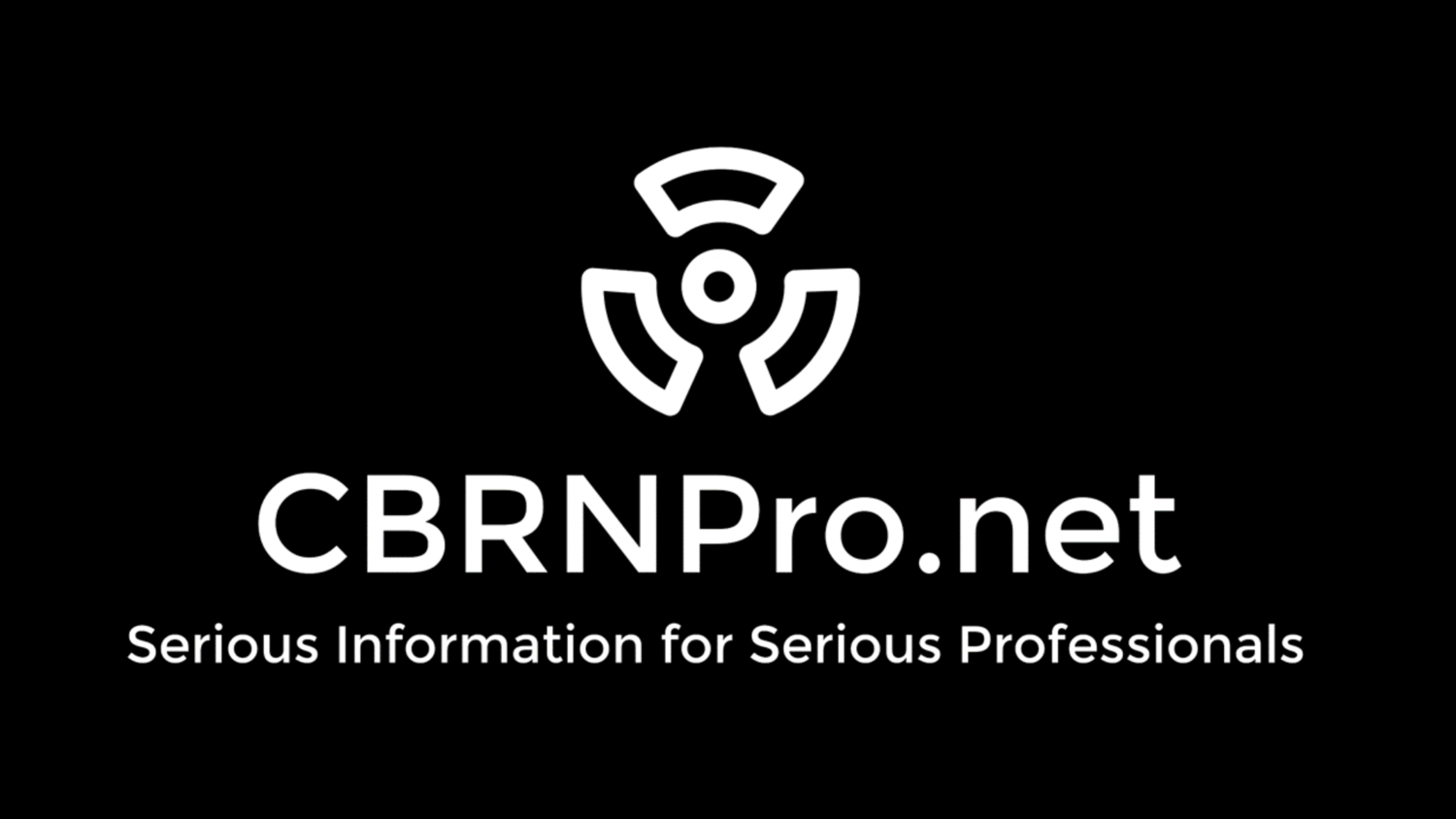The massive scale of chemical warfare on the Western Front between March 21, 1918 and the armistice is a period most history of the war skips over. Yet this period was marked by tactical innovation, more than at any point in the war. This innovation was concurrent with the height of American involvement: Belleau Wood, Cantigny, St. Miheal, and the Meuse-Argonne battles all occurred in this period. While the Americans struggled with everything, from battlefield effectiveness to logistics, the AEF reflects changes going on in the French and British Armies as well.
Many have noted the importance of artillery to these new innovations, and some suggest this period was the harbinger of the "blitzkrieg" style of German warfare in WWII. Few have noted the important role chemical weapons played in the final months of the Great War. CBRNPro.net examines the tactical utility of chemical weapons based on this history, in our latest post in an ongoing series re-examining the history of chemical warfare.












